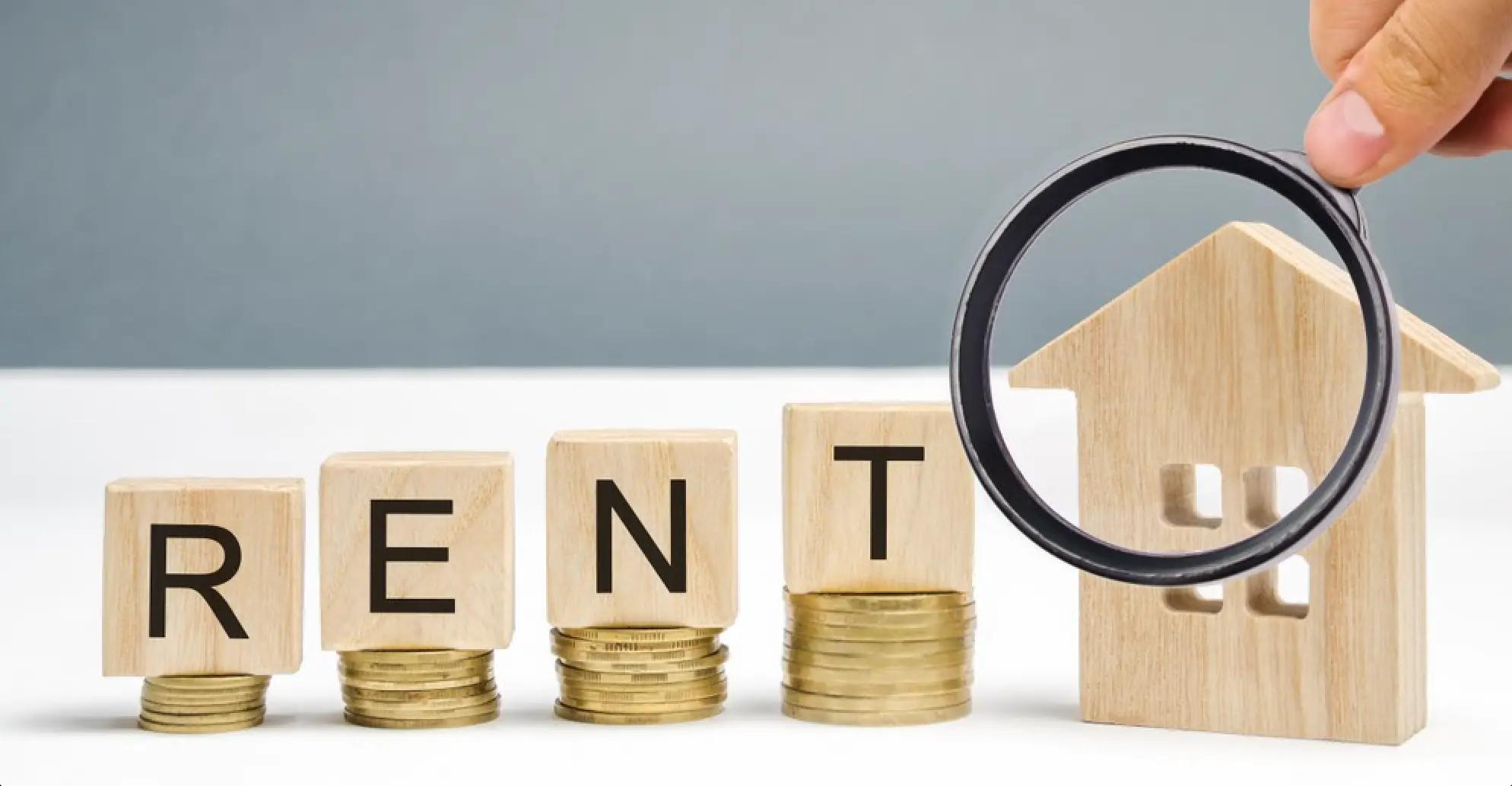Upcycling is an eco-friendly practice that reduces waste on the planet while giving new life to items otherwise destined for destruction – and can even be used to create art!
Recycled materials such as lace, flip flops and book pages can be transformed into beautiful artwork by upcycling, an eco-friendly form of recycling.
Repurposed Furniture
Upcycling is an eco-friendly and creative method of giving used items new purpose while conserving natural resources and raw materials.
Upcycling involves turning everyday items into beautiful home decor pieces through creativity and DIY skills, such as turning wooden dressers into media consoles or recycling rubber tyres into planters. Although upcycling may require some initial effort on your part, its results make the effort worth your while in the end!
Furniture is one of the most frequently recycled items, since its versatility allows it to become nearly anything with some creativity and imagination. Just a couple of examples include turning old drawers into bookshelves or adding feet supports into an open bathtub so as to turn it into a sofa – great ways of saving both money and supporting independent businesses! Furniture recycling provides another alternative way of protecting our environment while simultaneously saving money and supporting independent business ventures.
Repurposed Accessories
Upcycling differs from recycling in that it requires creativity and imagination to create something truly new and valuable from an old object, often through giving it new paint or refurbishing furniture pieces, such as this tutorial from Molly at Almost Makes Perfect that transforms dated laminate into an innovative play kitchen for children.
Upcycling is an aesthetic trend that serves to challenge our wasteful society while being eco-friendly. By recycling materials, upcycling reduces waste and conserves natural resources while at the same time providing an opportunity to express creativity! From painting wooden dressers with chalk paint or turning rubber tyres into planters – upcycling home decor is one of the easiest and greenest ways of going green while showing your unique side!
Repurposed Artwork
Upcycling differs from downcycling by using recycled objects and materials to create artwork with increased value or quality, such as wooden wall sculptures or recycled plastic canvases. Upcycled art tends to be both beautiful and unique while raising awareness about recycling practices and the necessity of protecting our planet.
Joshua Mitchell of Ruston-based Jodami Design crafts abstract wood wall decor using salvaged material collected along roadsides or dumpster diving at construction sites to rescue salvageable pieces.
By upcycling paper, cardboard, wood scraps, and other scraps into new products that would otherwise end up in landfills or the oceans, he is upcycling items that otherwise end up polluting our environment – saving oil for new production processes while conserving natural resources; in turn this reduces pollution that pollutes communities surrounding landfills as well as wildlife habitats.
Repurposed Fabric
Upcycling saves both waste and money through its environmental benefits and economical savings potential. Tin cans that would normally end up in landfills could easily be upcycled into pencil holders or flower pots with some creativity and paint!
Fabric scraps, clothing remnants and broken electronics all fall under this same category of waste materials. By applying your imagination and creativity, repurposed denim can become pillows or no-sew quilts for children; you could even use wool sweaters and sari trim to add flair to pillows or curtains.
Upcycling can be an excellent way to create custom home decor while being environmentally conscious. By recycling existing products and materials, upcyclers reduce strain on valuable natural resources like oil, raw materials and forests – not to mention keeping unwanted items out of landfills that release dangerous toxins into our environment.




